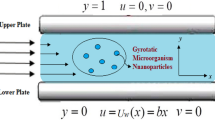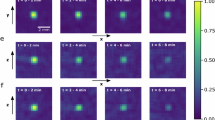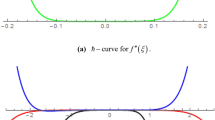Abstract
Diamagnetic levitation is a technique that uses a strong, spatially-varying magnetic field to reproduce aspects of weightlessness, on the Earth. We used a superconducting magnet to levitate growing bacterial cultures for up to 18 hours, to determine the effect of diamagnetic levitation on all phases of the bacterial growth cycle. We find that diamagnetic levitation increases the rate of population growth in a liquid culture and reduces the sedimentation rate of the cells. Further experiments and microarray gene analysis show that the increase in growth rate is due to enhanced oxygen availability. We also demonstrate that the magnetic field that levitates the cells also induces convective stirring in the liquid. We present a simple theoretical model, showing how the paramagnetic force on dissolved oxygen can cause convection during the aerobic phases of bacterial growth. We propose that this convection enhances oxygen availability by transporting oxygen around the liquid culture. Since this process results from the strong magnetic field, it is not present in other weightless environments, e.g. in Earth orbit. Hence, these results are of significance and timeliness to researchers considering the use of diamagnetic levitation to explore effects of weightlessness on living organisms and on physical phenomena.
Similar content being viewed by others
Article PDF
Author information
Authors and Affiliations
Corresponding author
Rights and permissions
About this article
Cite this article
Dijkstra, C., Larkin, O., Anthony, P. et al. Diamagnetic levitation enhances growth of liquid bacterial cultures by increasing oxygen availability. Nat Prec (2010). https://doi.org/10.1038/npre.2010.4216.2
Received:
Accepted:
Published:
DOI: https://doi.org/10.1038/npre.2010.4216.2



